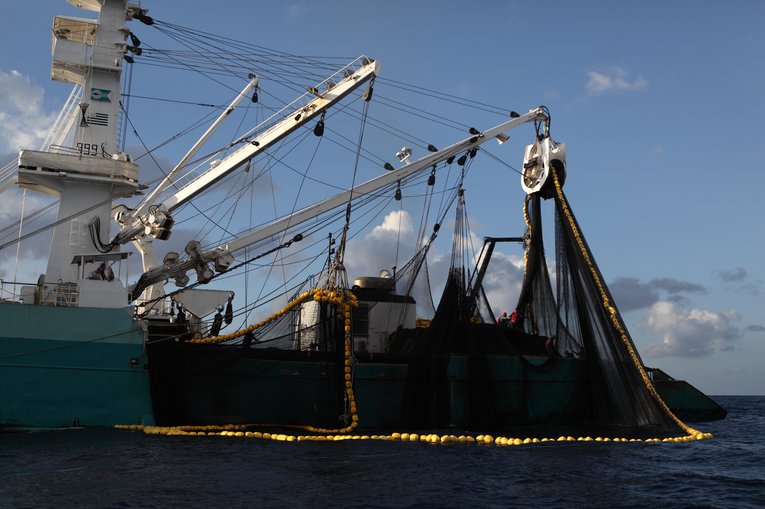
How cameras on boats could help end overfishing
We need to see ambitious action to end overfishing now. Over 40% of assessed fish populations are subject to overfishing, ranking UK fisheries among the most heavily exploited in the world.
Fewer than 1% of fishing trips in the UK are independently monitored, meaning we simply don’t have enough information to safeguard the health of our marine life.
The Fisheries Act, which became law in November 2020, promises to take decisive action on sustainability and future-proof our fisheries. The single most effective way that the Fisheries Act can be implemented is to introduce camera systems on boats fishing in UK waters.

Credit: Jiri Rezac
Here are five reasons why the government should support cameras on boats.
1. Improved data
Traditional independent catch data comes from human observers on board boats. However, currently, they are deployed on less than 1% of fishing activities in the UK. If cameras were widely rolled out, the additional data collected would help scientists and fisheries managers better understand the status of fish populations, assess the impact of fishing activities on bycatch (non-target marine life caught in fishing nets), track invasive species, and even monitor the effects of climate change.
2. It shows ambition
UK fisheries authorities, along with those worldwide, have successfully trialled camera systems, but the UK Government is yet to make their use a requirement. A commitment to roll out cameras would place data and science at the core of UK fisheries management. This would allow enough time for the fishing industry to prepare for a new system and give confidence to manufacturers and suppliers to invest in the technology.
3. Compliance
Camera systems on boats will help authorities support and monitor compliance with fishing rules. This doesn’t necessarily mean cameras should be used to penalise non-compliance, but it’s important that managers have a good understanding of how different measures are being implemented.
4. Transparency
With cameras on boats, fishers would help provide businesses and consumers with confidence in the sustainability of their seafood. Best practice would be incentivised, as consumers could vote with their wallets and invest in sustainable seafood.
5. Cost-effective
The costs of camera systems are reducing year-on-year. Increased staff efficiencies and developments in technology mean the estimated cost of rolling out cameras across the over-10m fleet (responsible for catching over 90% of our fish) is between £4.8 and £6.75 million per year – less than 1% of the value of seafood caught by these boats.
As the UK maps out its COVID-19 recovery plan, it’s more pressing than ever that we end overfishing, while safeguarding the future of coastal communities.


